Academia.edu is a platform for academics to share research papers.
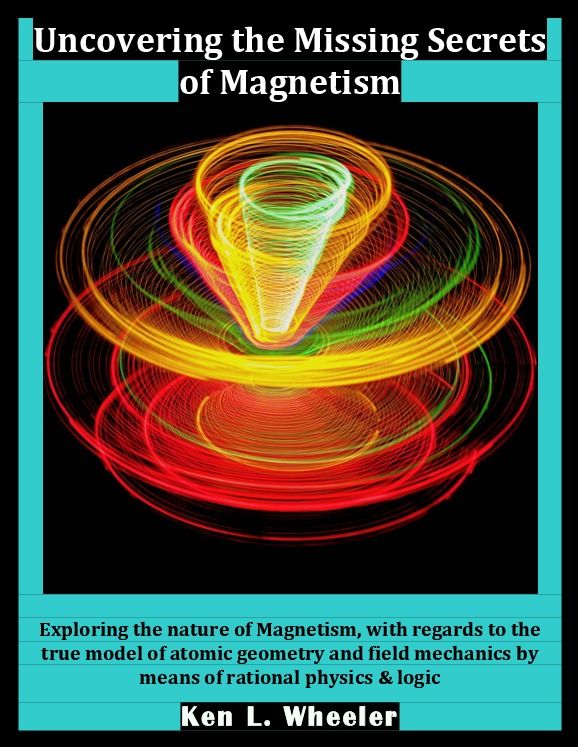



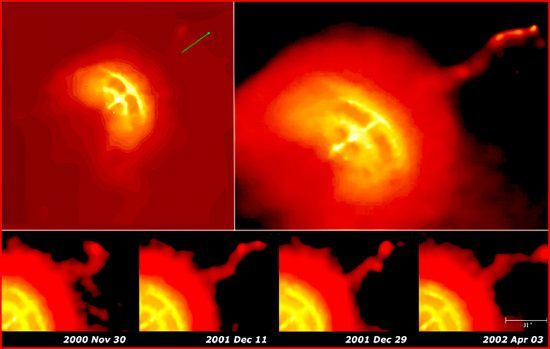
Neutron stars cannot exist.
“The sky was clear—remarkably clear—and the twinkling of all the stars seemed to be but throbs of one body, timed by a common pulse.” —Thomas Hardy.
On June 13, 2012 NASA launched the Nuclear Spectroscopic Telescope Array (NuSTAR) on a mission to study X-rays in what are thought to be the remnants of supernova explosions, called pulsars. NuStar joins other X-ray space telescopes like Chandra and XMM-Newton, except that it is capable of focusing X-rays to a sharp point, enabling it to “see” energies up to 79,000 electron-volts. That capability makes it more than 100 times more powerful than the other observatories.
Caption: Two minute explainer video of the Multimodal Acoustic Trap Display developed at the University of Sussex.
Credit: Eimontas Jankauskis
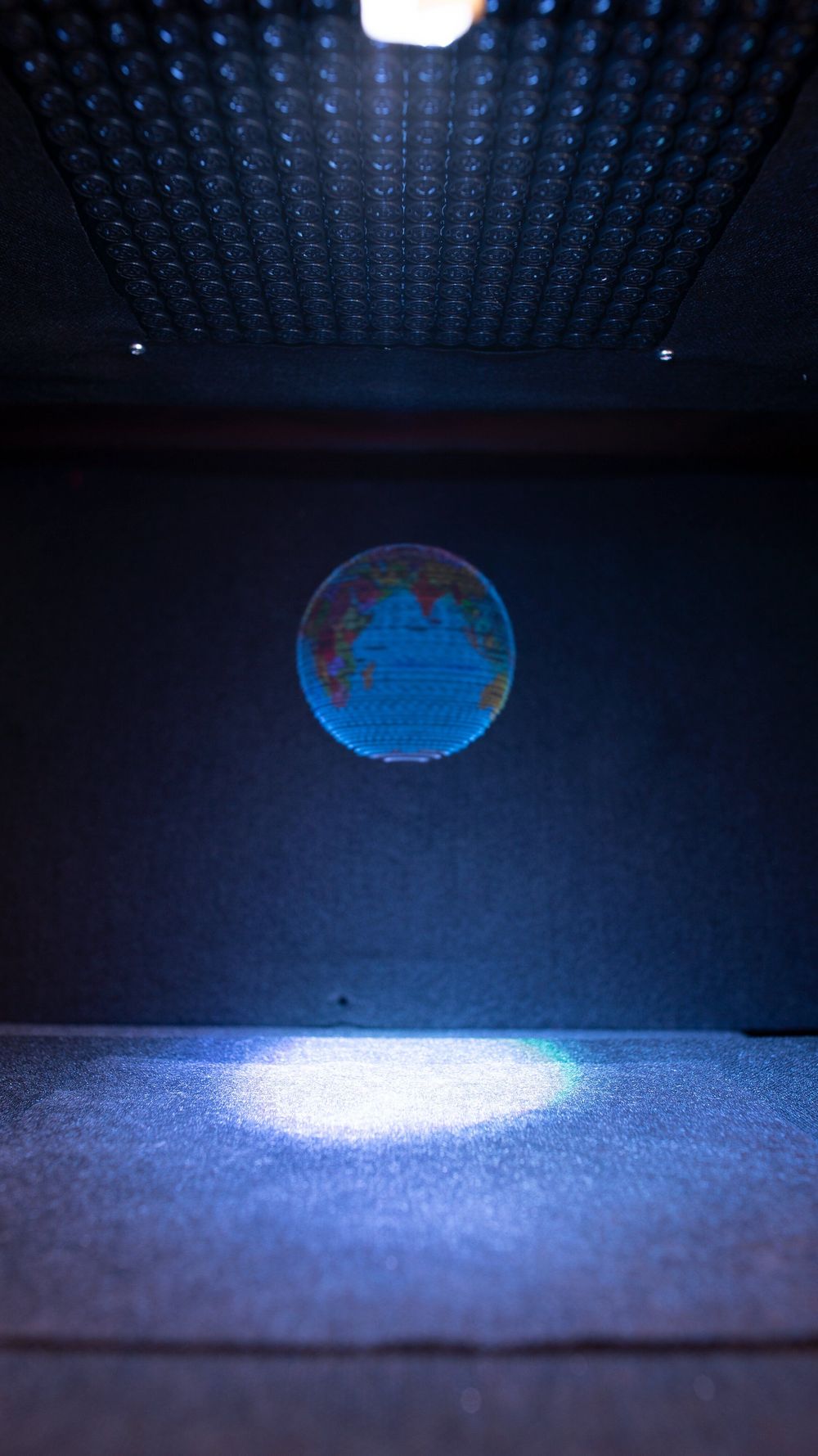
Walking, talking holograms have been a staple of sci-fi films since Princess Leia was magically brought to life in “Star Wars”.
Now scientists in Britain say they can make even more realistic 3D versions—a butterfly, a globe, an emoji—which can be seen with the naked eye, heard and even felt without the need for any virtual reality systems.
Writing in the journal Nature, a team at the University of Sussex in southern England, said technology currently in use can create 3D images but they are slow, short-lived and “most importantly, rely on operating principles that cannot produce tactile and auditive content as well”.
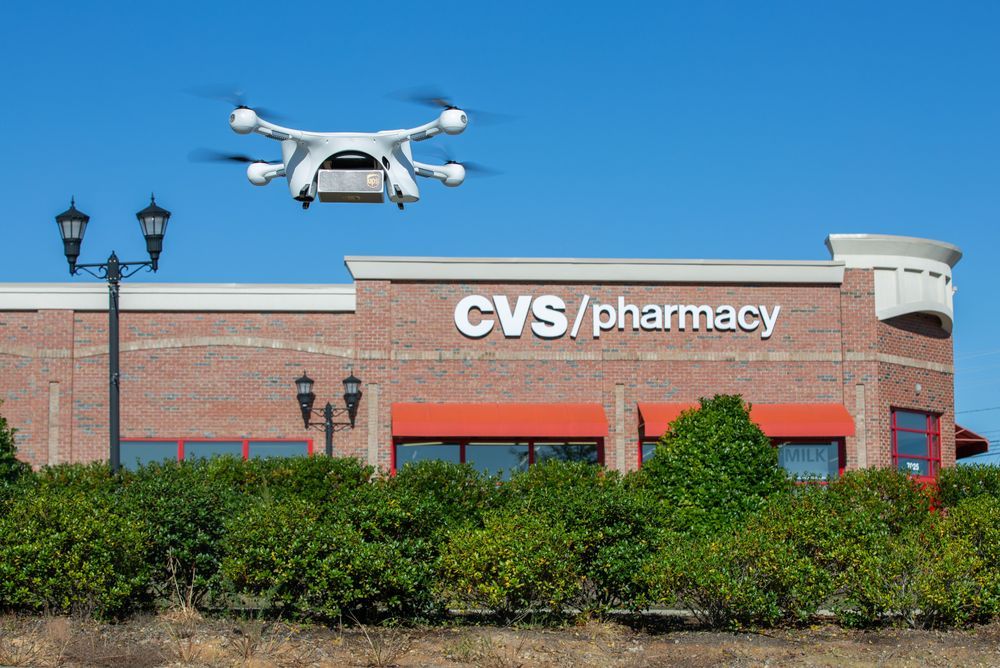
UPS is rolling along with its drone delivery program, working with partner CVS Pharmacy to deliver prescription drugs to customer doorsteps via its newly deployed commercial drones. UPS delivered medications to two paying customers on November 1 using the Matternet M2 drone system that the logistics company is using in partnership with Matternet…
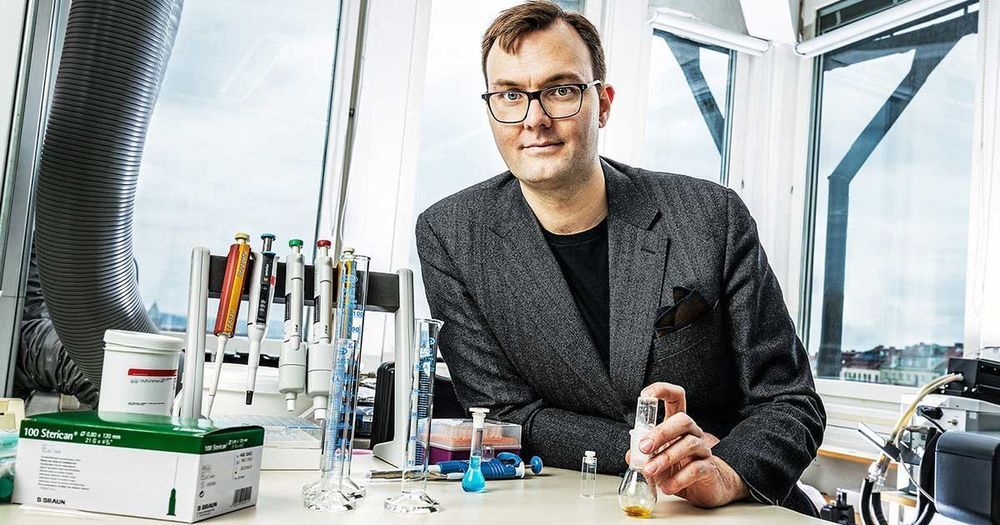
Daily sun, earth and science news
Need to Catch Up?
CLIMATE FORCING: https://youtu.be/rEWoPzaDmOA
CLIMATE FORCING [Short]: https://youtu.be/tul07hx8V8w
PLASMA COSMOLOGY: https://youtu.be/E4pWZGBpWP0
PLASMA COSMOLOGY [Short]: https://youtu.be/G48V-Fmh4uc
COSMIC DISASTER: https://youtu.be/B_zfMyzXqfI
Lots more on our channel page, just click our name!
Our Websites:
https://www.Suspicious0bservers.org
https://www.SpaceWeatherNews.com
https://www.QuakeWatch.net
https://www.ObservatoryProject.com
https://www.MagneticReversal.org
Facebook: https://www.facebook.com/observatoryproject/
Alerts on Twitter: https://twitter.com/TheRealS0s
Instagram: https://www.instagram.com/mobileobservatoryproject
Wanted- Earthquake Forecasters: https://youtu.be/l1iGTd84oys